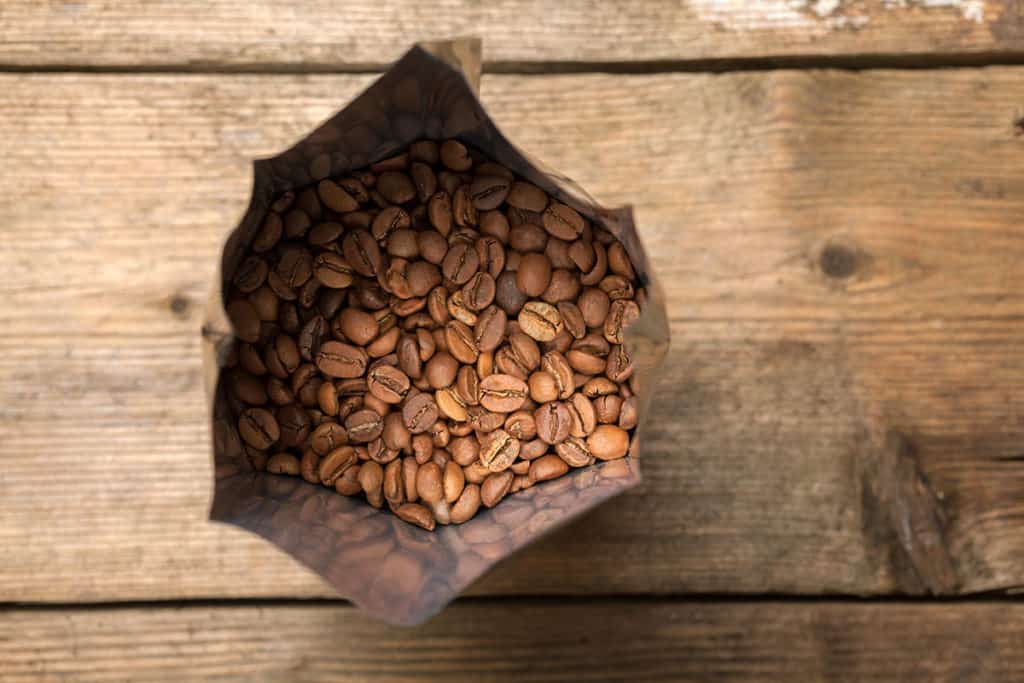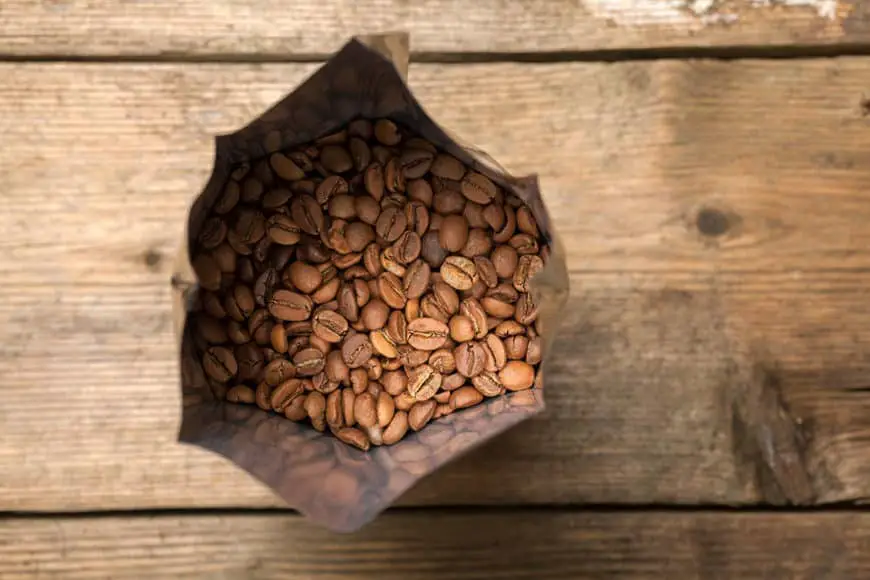
If you’ve spent time around coffee fanatics, you might have heard about Babbie’s Rule of Fifteens. This simple guideline helps you keep track of how long coffee stays at its best during different stages. People in the coffee community use it to avoid stale brews and get the most flavor from their beans. In this post, I’ll break it down step by step so you can apply it at home.
What Is Babbie’s Rule of Fifteens?
Babbie’s Rule of Fifteens lays out timelines for coffee freshness. It starts with unroasted beans and goes all the way to your cup. The rule comes from Chris Babbie, who shared it online under the username “Psyd” on a coffee forum back in 2009. He pointed out that coffee loses quality over time due to exposure to air, moisture, and light. Oxygen plays a big part here—it reacts with the compounds in coffee and dulls the taste.
The rule uses the number 15 as a benchmark:
- Unroasted (green) beans last 15 months.
- Roasted beans last 15 days.
- Ground coffee lasts 15 minutes.
Some folks add a fourth part: Drink brewed coffee within 15 seconds to catch it at peak flavor, though that varies by brewing method. These aren’t hard deadlines, but practical estimates based on how coffee changes. Taste it yourself to see what works for you.
Breaking Down the Rule
Let’s look at each stage. I’ll explain what happens and why the timeline matters.
Green Beans: 15 Months
Green beans are raw and unroasted. They hold up well because their outer layer protects them from air. You can store them for up to 15 months without much loss in quality. After that, they start to fade—flavors weaken, and the beans might pick up off-notes from storage.
Roasters buy green beans in bulk and roast them fresh. If you’re roasting at home, check the harvest date on your bag. Aim to roast within a year for the best results. Store them in a cool, dry spot away from light.
Roasted Beans: 15 Days
Once roasted, beans release gases and become more fragile. The roasting process opens them up, letting aromas escape and oxygen in. They peak in flavor a few days after roasting, then decline over the next two weeks.
Buy roasted beans in small amounts that you’ll use quickly. Look for a roast date on the package—if it’s missing, pass on it. Vacuum-sealed bags help, but once opened, transfer to an airtight container. Keep them in a dark cabinet, not the fridge or freezer unless you portion them out to avoid condensation.
Ground Coffee: 15 Minutes
Grinding exposes even more surface area to air. Flavors and aromas escape fast, so ground coffee goes flat quickly. The rule says use it within 15 minutes for the freshest taste.
This is why grinding just before brewing makes a difference. Pre-ground coffee from the store often sits for weeks, losing what makes it special. Invest in a burr grinder if you can—it gives even particles for better extraction.
Here’s a quick table to compare the stages:
| Stage | Freshness Timeline | Key Factors Affecting Quality |
|---|---|---|
| Green Beans | 15 months | Moisture, light, storage conditions |
| Roasted Beans | 15 days | Oxygen exposure, humidity |
| Ground Coffee | 15 minutes | Air contact, immediate use |
This table shows how freshness shortens as you process the beans. Use it as a reference when planning your coffee routine.
Why Freshness Matters
Fresh coffee tastes better – simple as that. Stale beans give you a dull, bitter cup without the bright notes or smooth body you want. Fresh ones bring out nuances like fruit, chocolate, or nuts, depending on the origin.
Think about your morning routine. A fresh brew sets a good tone for the day. It also saves money since you waste less on subpar coffee. Roasters and baristas follow rules like this to serve consistent drinks. You can do the same at home.
Applying the Rule in Your Daily Brew
Start with quality beans. Find a local roaster or online seller with fresh stock. Check dates and buy whole beans. Grind only what you need right before brewing. For drip coffee, use a medium grind. For espresso, go finer. Measure your ratios—try 1 gram of coffee per 18 grams of water as a base, then adjust.
Brew methods affect how you use the rule. In pour-over, fresh grounds shine because water flows slowly, pulling out flavors. French press needs coarse grounds but still grind fresh. For batch brewing, like in a machine, portion beans daily. Avoid letting brewed coffee sit on a warmer—it turns bitter fast.
If you have extra roasted beans, freeze them in small batches. Thaw only what you’ll use that day to prevent moisture buildup. This extends the 15-day window a bit.
Storage Tips at Each Stage
Proper storage keeps the rule in check.
For green beans: Use burlap or airtight bags in a cool room. Avoid direct sun.
For roasted beans: Airtight jars or bags with one-way valves let gases out without air in. Room temperature works best.
For ground coffee: Don’t store it ground. If you must, use a small sealed container and brew soon.
General advice: Buy what you’ll use in a week or two. Label your containers with dates.
Myths and Exceptions
Some say the rule is too strict. Light roasts might need more rest after roasting—up to a week—to let flavors settle. Dark roasts can taste good sooner. Pre-ground coffee isn’t always bad. In a pinch, like at a cafe using sealed bags, it can still work for drip. But for home, fresh grind wins.
Cold brew bends the rule. You steep grounds for hours, but low temperature slows staling. It extracts differently, so the 15-minute ground limit doesn’t apply the same way. Test these yourself. Brew the same beans fresh and after a delay. Note the differences in taste.
Final Thoughts
Babbie’s Rule of Fifteens gives you a framework for better coffee. Follow it, and you’ll notice brighter flavors and fewer disappointing cups. Experiment with your setup—adjust storage, grind times, and brews. Fresh coffee is worth the effort.

